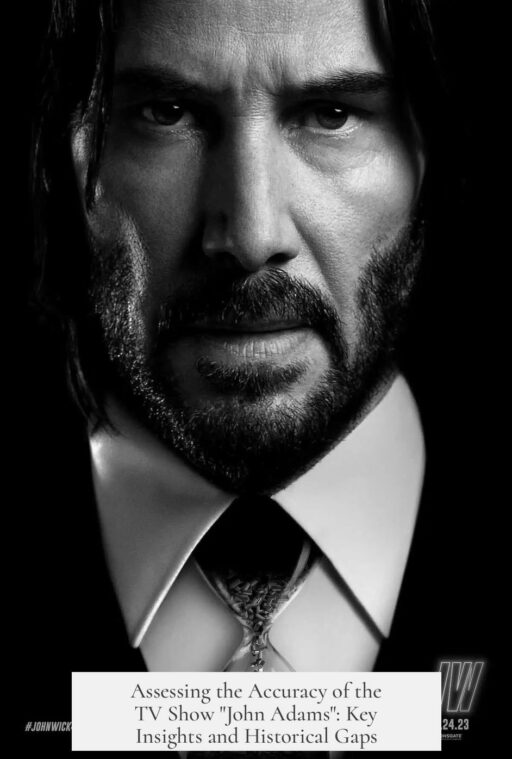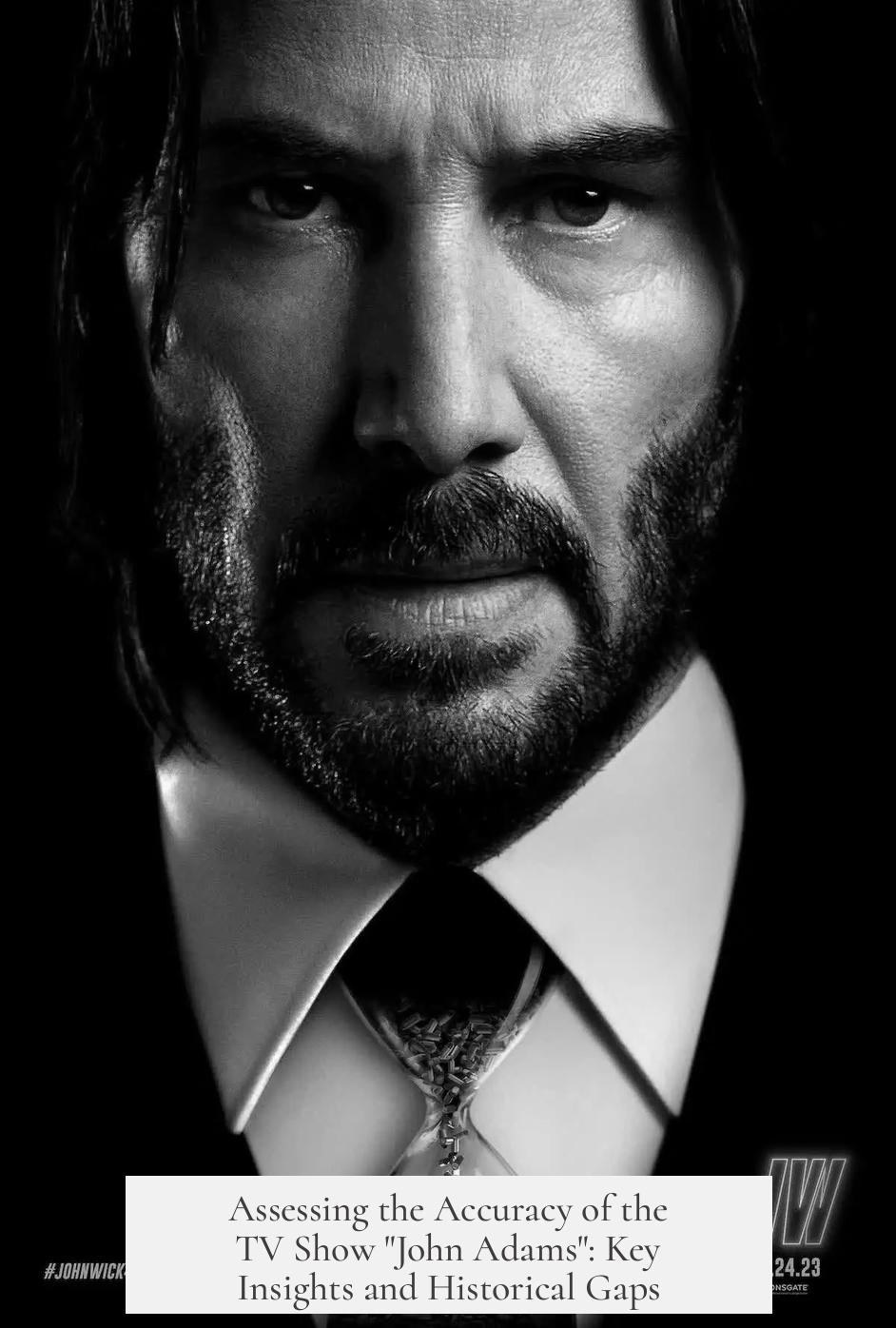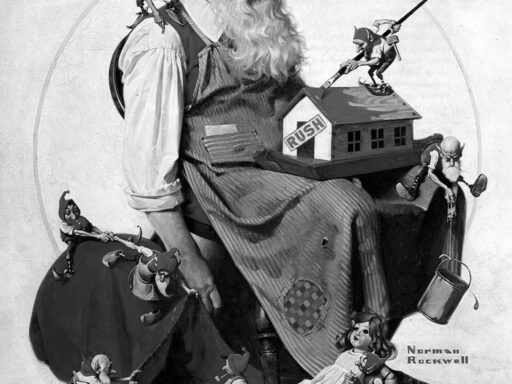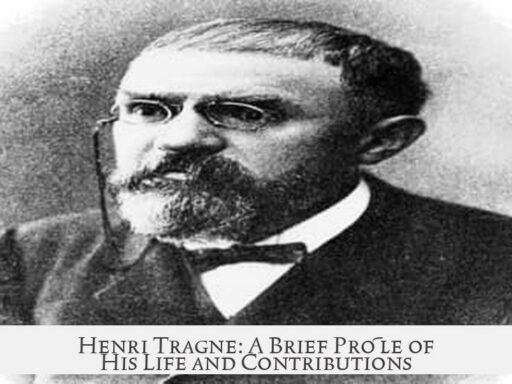The TV show “John Adams” portrays key events of the American Revolution and early U.S. history with broad accuracy but contains numerous small factual errors and narrative exaggerations. It follows David McCullough’s 2001 biography of Adams, capturing main themes while distorting details, timelines, and character relationships.
The HBO mini-series draws heavily on David McCullough’s biography, a popular and accessible book about John Adams. While McCullough’s work receives generally positive remarks from historians, it reflects a traditional “great man” historical perspective that some academics critique. The series inherits both the strengths and weaknesses of this approach.
One major criticism is the TV show’s focus on the Adams family as central drivers of the American Revolution and early government. Producers highlighted this aspect, which historians often view as an overstatement. Consequently, the show amplifies Adams’s influence beyond what the historical record supports, sidelining the roles of other key figures.
The series also distorts several relationships, especially the one between John Adams and his cousin Sam Adams. Their interactions depicted on screen do not align with documented history. Alongside this, the show commits multiple timeline inaccuracies and factual errors:
- It wrongly dates Nabby Adams’s breast cancer diagnosis to 1803, while it actually occurred in 1810.
- The Continental Congress’s formation of the army and appointment of George Washington predates the Battle of Bunker Hill, but the series suggests otherwise by reversing the order.
- Boston’s British evacuation is shown in June instead of the correct month, March. This event is inaccurately made pivotal for Virginia’s declaration for independence, which historians date earlier.
- Abigail Adams criticizes Benjamin Franklin’s companion in France, but Mrs. Franklin had died a decade before the portrayed events.
The show introduces some fabricated scenes and exaggerations to heighten drama. For example, it depicts a naval battle during John Adams’s transatlantic trip that never happened. His early difficulty with the French language gets overstated, ignoring how quickly he became proficient. Also, the series omits Adams’s return to Massachusetts between his diplomatic service in France and Holland, including a noteworthy family episode—a gap that the show fills awkwardly by inventing character motivations.
The inconsistencies raise questions about the production’s narrative choices. If historical dates and relationships are known, why not adhere to them consistently? The series often chooses dramatic effect over strict accuracy without clear necessity. This results in missed opportunities to tell Adams’s story compellingly within the correct historical framework.
Despite these downsides, the series excels in some areas. It accurately captures John Adams’s growing isolation from contemporaries like Washington and Jefferson after the Revolution. The show’s production quality is exceptional, featuring detailed set design, authentic costumes, and strong performances by the cast. These elements contribute to an engaging viewing experience, even when the history falters.
For viewers seeking a nuanced and well-documented account of John Adams’s life, McCullough’s biography remains a good starting point. Additionally, historian Jeremy Stern provides an episode-by-episode critique that highlights the show’s factual and interpretive deviations. These resources offer context and clarification often missing from the dramatization.
Key points about the accuracy of the “John Adams” TV show:
- It broadly reflects major events but includes many small errors and timeline shifts.
- It overstates the Adams family’s centrality to the Revolution and early government.
- Relationships and key historical details, such as dates and diagnoses, are often misstated.
- The series invents and exaggerates events for dramatic purposes.
- Production values and acting are excellent, contributing to its popularity.
- Historians suggest supplementing the show with McCullough’s biography and scholarly critiques for accuracy.
How Accurate Is the TV Show “John Adams”? A Closer Look Behind the Curtain

The TV show John Adams nails the broad outline of John Adams’ life and the American Revolution but often trips over the smaller details, timelines, and character portrayals. This isn’t a tale of pure historical fiction, yet it is not pure documentary, either. Let’s walk through exactly where the show hits the mark and where it veers off course.
Whether you’re a history buff or a casual viewer who loves period dramas, you’ve likely pondered: How much of this is true? The mini-series promises a sweeping epic of America’s founding moments, but can it balance drama without distorting fact? Spoiler alert: It’s complicated, and sometimes quirky in how it fudges details.
The Starting Point: David McCullough’s Biography
The series is adapted from David McCullough’s 2001 biography “John Adams,” which historically shaped the show’s narrative backbone. McCullough’s work is well-regarded for its compelling storytelling. Despite that, academics often dismissed it as another “great white man history” piece—a genre that zooms in on heroic figures with less critique or nuance than modern historians might prefer.
Interestingly, while historians generally liked McCullough’s book, they were less impressed with some of his emphasis, which the show then picked up and amplified. To borrow a phrase, the producer’s took what historians disliked about the book and made it their guiding principle. This has consequences we’ll see shortly.
When the Adams Family Takes the Spotlight (A Bit Too Much)

One of the most glaring choices is how the show places the Adams family almost at the epicenter of the entire American Revolution and early U.S. government formation. It’s like they were everywhere at once—a sort of founding family Avengers team. In reality, the revolution involved a vast cast far beyond the Adamses.
Did this framing make for better TV? Probably. Is it fully accurate? No way. The show frequently zeroes in on Adams and close kin, sidelining other historical figures and diluting the complex interplay between various personalities of the time.
Timeline Twists, Relationship Rewrites, and Other Historical Head-Scratchers
Accuracy aficionados wince at a series of errors that pepper the timeline and relationships.
- Nabby Adams’ breast cancer diagnosis is shown as happening in 1803. Reality check: It wasn’t until 1810. That’s seven years off! For a story set in an era when medical details matter, this isn’t trivial—it alters emotional context.
- The Continental Congress and Battle of Bunker Hill scenes confuse the timeline. The Congress had already voted to create an army and appoint George Washington days before Bunker Hill, but the show suggests those decisions were reactive post-Bunker Hill. Nope.
- The evacuation of Boston is depicted taking place in June, supposedly pushing Virginia to vote for independence. Historically, Boston was evacuated in March, and Virginia had already authorized independence votes by May. So, the show gets the timing backward and the motivation wrong.
- One scene gives Abigail Adams a snarky line about Benjamin Franklin’s companion, “inconvenience to Mrs. Franklin,” as if Mrs. Franklin is alive in France. She had been dead for a decade by then. Awkward!
- Then, there’s the strained relationship portrayal between John Adams and Sam Adams that historians say is “all sorts of wrong.” It blurs real tensions and nuances between these figures.
And those are just highlights. The show also fabricates a naval battle scene where John’s ship is pursued but never actually engaged. The dramatized rowdy, uncultured Adams in Paris stretches the truth, too—his French was rough initially but improved quickly with study.
The Missing Chapters and Questionable Narrative Choices

A puzzling omission: The series skips a chunk of John Adams’ life when he returns briefly from France to Massachusetts and then heads to Europe again with his son Charles. The show’s writers likely needed to invent Charles’ unhappy adulthood (a turn to alcoholism) without the real-life context this event provides.
Why did the showrunners choose to tinker with dates and events when the real history already offers ample drama? Why not keep the facts straight and let history’s natural tension shine? These choices “swerve at the last minute,” frustrating those who crave a tighter alignment with documented fact.
The Good News: Where the Series Shines
Before you write off the show entirely, it deserves credit for several highlights:
- John Adams’ Post-Revolution Isolation: The show captures well Adams’ estrangement from Washington and Jefferson, reflecting genuine historical tensions.
- Production Quality: Costume design, sets, makeup, and acting are superb. Paul Giamatti’s portrayal of John Adams is powerful and nuanced.
These strengths help anchor the mini-series, delivering emotional truths even when history bends for dramatic purposes.
Lessons for History Buffs and Casual Viewers
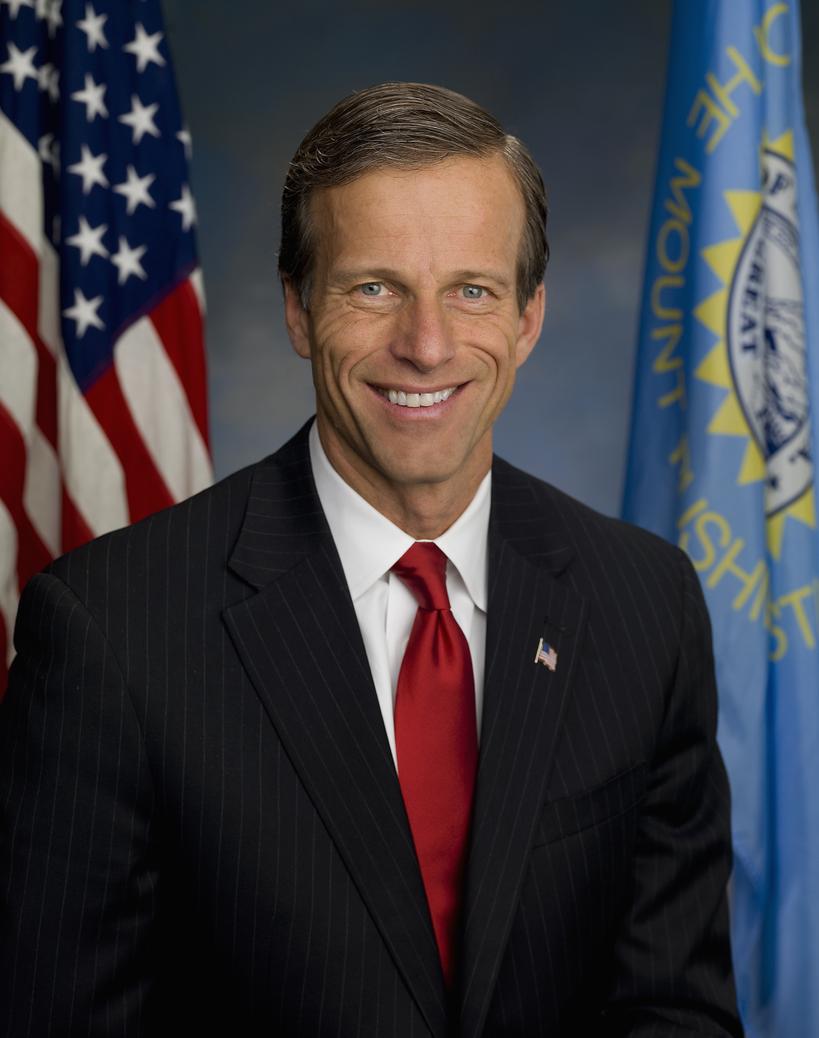
Wondering if you should watch John Adams as a history lesson? Approach it as a dramatized portrait that captures the essence but fiddles with the details. This is more attainable Hollywood storytelling than academic documentary.
For anyone hungry for rigorous accuracy, David McCullough’s biography is an excellent starting point. For those amused by scholarly nitpicking, historian Jeremy Stern’s episode-by-episode critiques offer an entertaining deep dive.
Yet, even with its shortcomings, the mini-series opens up conversations about one of America’s founders. Isn’t sparking curiosity part of the goal?
Final Thoughts: Balancing Drama and Detail
John Adams manages to paint an epic tableau but stumbles when dressing it with historical precision. Little errors accumulate—misdated events, altered relationships, invented scenes—that irritate purists but might escape casual viewers.
The takeaway? Enjoy the show for its sweeping narrative and incredible performances, but keep a historian’s quill handy if you want the full, accurate picture. History is often even more fascinating without creative detours.
So the next time you watch Adams squabble with Jefferson or fret over independence votes, ask yourself: How much of this spark is drama—and how much is fact? That curiosity might just be the real American revolution.
